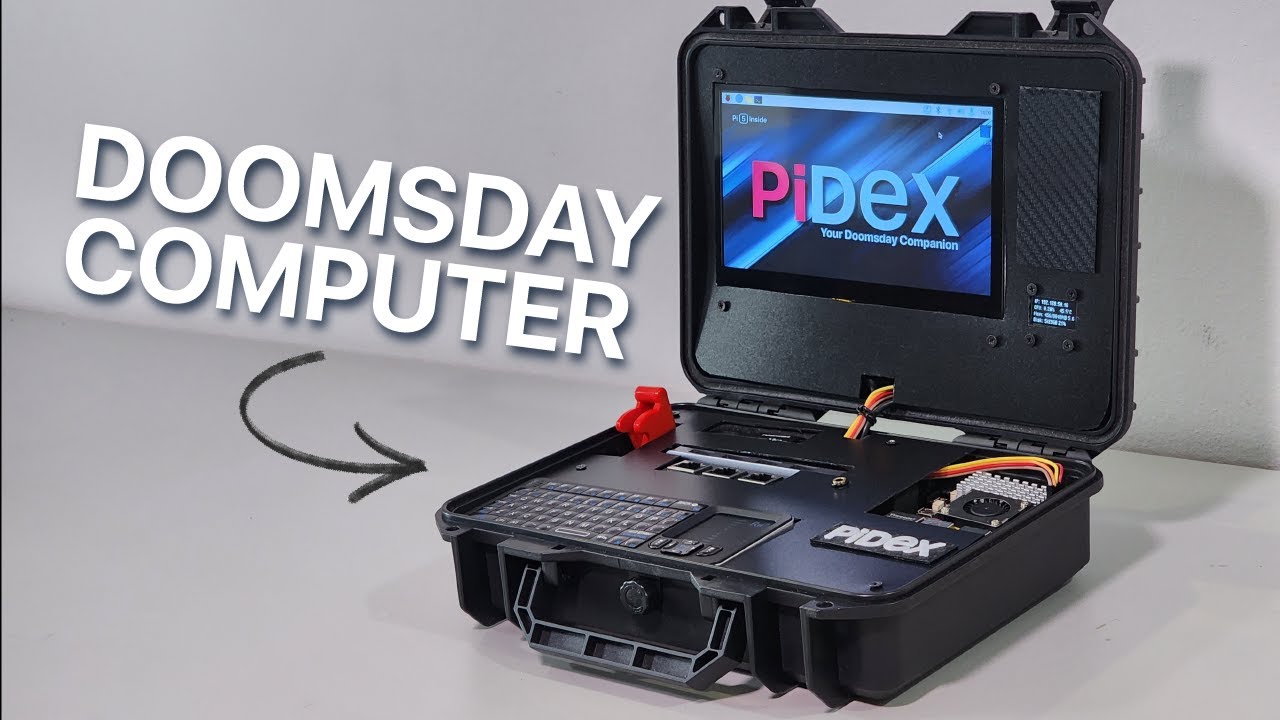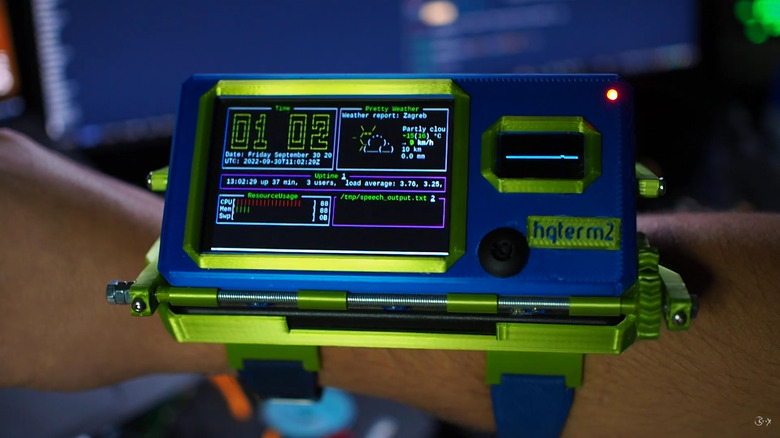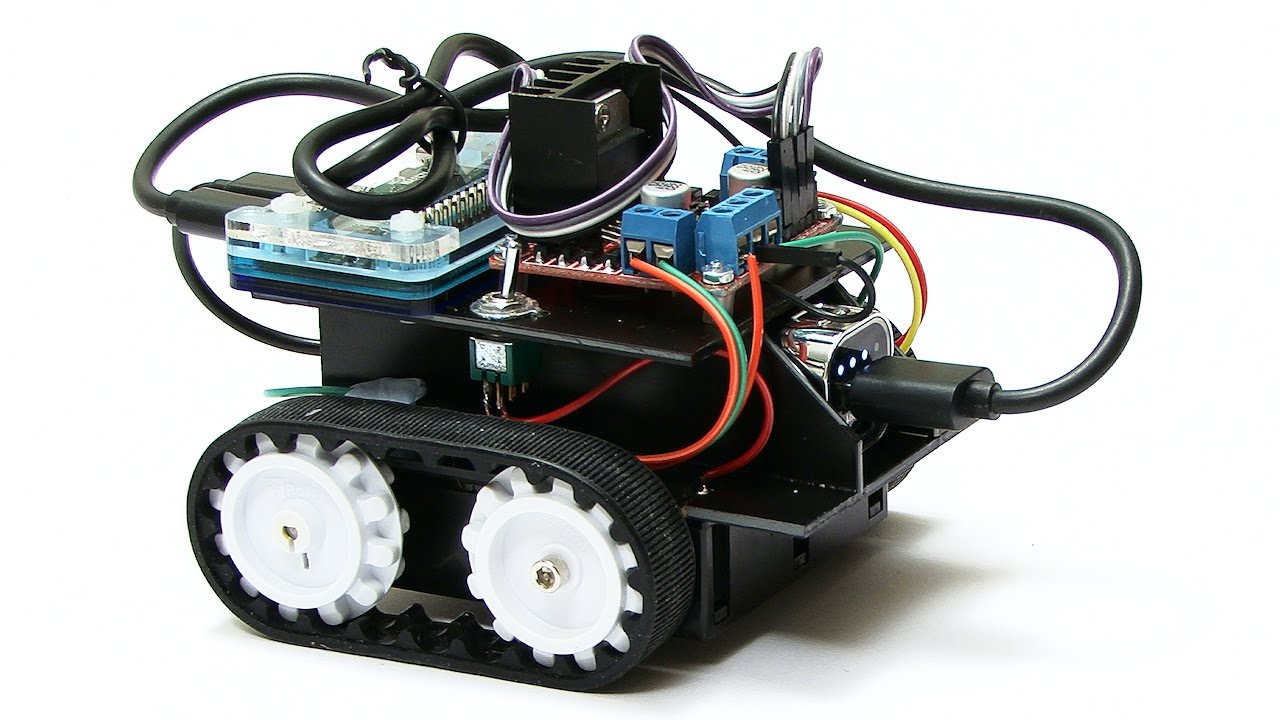
Cyberdecks: Crafting the Future of Tech Aesthetics
Cyberdecks have recently surged in popularity, inspiring a movement where enthusiasts merge technology with creativity, breathing life into custom-built machines that veer away from conventional designs. This resurgence is reminiscent of the steampunk trend, where imagination meets engineering to create unique personal devices. Though a variety of computers can be tapped for such projects, the Raspberry Pi reigns supreme as the backbone for most cyberdecks.
 An array of creative Raspberry Pi cyberdeck projects.
An array of creative Raspberry Pi cyberdeck projects.
Originally aimed at fostering coding skills among British school children, the Raspberry Pi quickly became a global favorite among hobbyists. Its compact form, open-source architecture, low cost, and broad software library position it as a perfect canvas for various DIY efforts. The device’s GPIO pins have catalyzed the birth of an endless array of innovative projects, inviting makers to push the limits of what’s possible in tech design.
What Defines a Cyberdeck?
The term ‘cyberdeck’ traces its roots to Neuromancer by William Gibson, where it referred to devices that facilitated immersion into a digital realm. These fictional devices aimed to enhance user interaction with an expansive, interconnected world. Today, however, cyberdecks have evolved into a broader concept encompassing any DIY tech project with an imaginative twist.
Typically anchored by compact single-board computers, especially the renowned Raspberry Pi, these cyberdecks are celebrated for their quirky designs and functionality. The community embraces diverse forms—whether they’re portable, wearable, or an entirely new shape. The creators of these decks often draw inspiration from various cultural phenomena, particularly the cyberpunk genre, which emphasizes a dystopian and tech-driven future.
The Retro Aesthetic: The Cyberdeck
In a nod to retro-futurism, Lucas Dul crafted a standout cyberdeck that channels vibes of the Fallout universe. His device showcases a vintage Magnavox portable radio-television, enriched with modern technology. Powered by a Raspberry Pi 4, it boasts a custom keyboard and a striking display via a 5-inch black-and-white CRT.
The clever combination of old and new makes this creation a feast for the eyes. Dul effectively illustrates a modern Linux desktop through a nostalgic lens. The juxtaposition of contemporary operations—such as web browsing and word processing—on such an aged display creates an enchanting experience.
“A modern Linux desktop displayed through a black-and-white CRT is an exquisite anachronism.”
Bridging Dystopia: The Raspberry Pi Crash Recovery Device
Evan Meaney’s project, the Raspberry Pi Crash Recovery Device (CRD), takes a more somber approach, designed for a potential dystopian scenario. This cyberdeck emphasizes survival, envisioning a future where technology may be scarce. Housed in a rugged Pelican case, the CRD is fortified against electromagnetic pulses, ensuring the preservation of essential knowledge in a world turned upside down.
With a touchscreen, multiple connectivity options, and a robust power solution supported by solar panels, the CRD serves as a survival guide in times of need—complete with offline Wikipedia and essential maps. This pragmatic merging of tech and survivalist instincts makes the CRD not only a remarkable project but also a poignant reminder of resilience.
An Accessible Innovation: Clockwork uConsole
Breaking away from purely DIY projects, Window into the market, the Clockwork uConsole signifies a shift towards commercial ventures in this lively domain. This device speaks to the dreams of many cyberdeck enthusiasts who might find solace in ready-made solutions. With its modular design, simple assembly process, and a host of applications—from tracking airplanes to amateur radio—the Clockwork uConsole exemplifies a modern take on the cyberdeck.
Despite being commercially available, the uConsole doesn’t sacrifice the passion found in DIY creations. Its 5-inch touchscreen and versatile controls are embraced by users seeking a blend of functionality and style, providing an intriguing alternative to traditional desktops.
 This sleek device challenges the notion of DIY with commercial charm.
This sleek device challenges the notion of DIY with commercial charm.
The Pinnacle of Cyberpunk: hgDeck
For those craving the ultimate embodiment of cyberpunk aesthetics, the hgDeck, designed by Igor Brkic, raises the bar. This wrist-mounted device encapsulates the very essence of a sci-fi wonder, boasting a design that seamlessly integrates the Raspberry Pi Zero W and an array of sensors and screens. A mesmerizing 3.5-inch display serves as the primary interface, alongside a miniature OLED that presents engaging feedback.
Constructed from a rich mixture of 3D-printed materials and recycled components, the hgDeck epitomizes resourcefulness, blending form with function. It emerges less as a practical tool and more as a symbol of ambition—an alluring prop that could belong right in a cyberpunk film. The interplay of technologies inside makes this device an art piece in its own right.
Conclusion: The Future of Cyberdecks
The exploration of cyberdeck projects illuminates an intriguing crossroad where technology, creativity, and interpersonal connection converge. From Dul’s nostalgic designs to Meaney’s preparedness for an apocalyptic world, these projects reflect the values and aspirations of their creators. Each cyberdeck not only serves utility but tells a story that resonates with the ideals of innovation and the spirit of DIY culture.
As the influx of cyberdeck enthusiasts grows, we can expect this vibrant community to continue to shape tech in unexpected ways. The genres of science fiction, survivalism, and play intertwine in this crafting adventure, ensuring that the cyberdeck’s narrative will forever mark its place in the future of technology.














